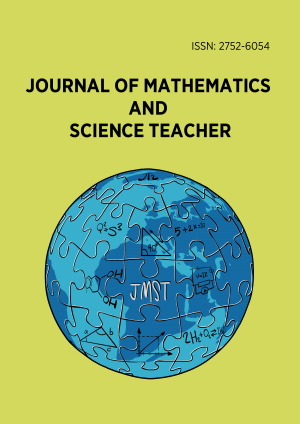Abstract
This study aims to investigate the influence of technology integration (physics education technology simulation) in physics learning. A quantitative method with a quasi-experimental post-test-only design was applied to reveal the differences in students’ abilities to operate vectors between the group that learned and tested using simulation and the group that learned using graphics only. The test consisted of 16 questions on the addition and subtraction of two vectors divided into one and two dimensions. Student response data were analyzed using descriptive statistics and Kruskal-Wallis test. The analysis results show that the vector operation score for experimental group 1, which learned vector operations through graphic learning using simulation and tested with the same simulation (86.15), is higher than experimental group 2, which learned vector operations through graphic learning using simulation (76.59), and the control group, which learned vector operations through graphic learning without simulation assistance (71.81). All three groups have higher average scores for one-dimensional than two-dimensional vector operations. They also have higher average scores for vector addition compared to vector subtraction operations. Kruskal-Wallis test results indicate a significant difference in the average vector operation scores for the three groups (ρ=0.021). This suggests that integrating technology in the learning and testing processes leads to a significant difference. Moreover, the difference is significant for one-dimensional vector operations (ρ=0.004) and not significant for two-dimensional vector operations (ρ=0.107). These findings could support the implementation of similar approaches at the university and high school levels, especially for vector-related topics, in both learning and testing processes.
License
This is an open access article distributed under the Creative Commons Attribution License which permits unrestricted use, distribution, and reproduction in any medium, provided the original work is properly cited.
Article Type: Research Article
Journal of Mathematics and Science Teacher, Volume 4, Issue 3, 2024, Article No: em068
https://doi.org/10.29333/mathsciteacher/14633
Publication date: 01 Jul 2024
Online publication date: 24 May 2024
Article Views: 2302
Article Downloads: 1664
Open Access References How to cite this article
 Full Text (PDF)
Full Text (PDF)